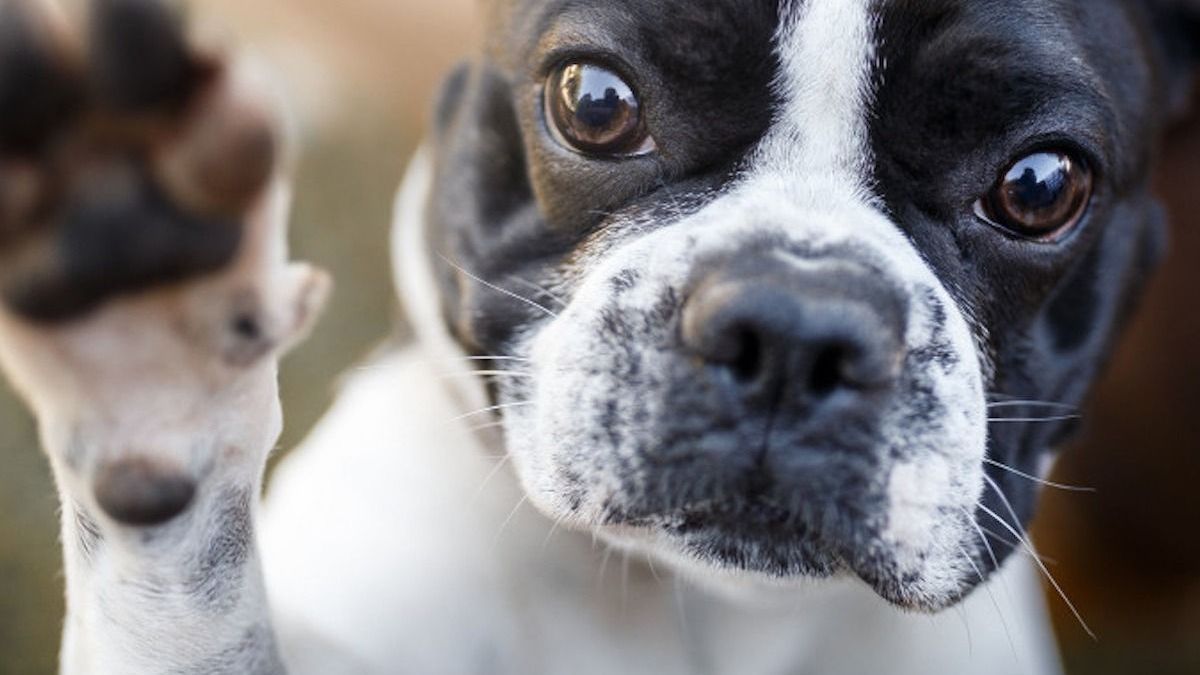
Already prone to respiratory problems, brachycephalic dogs, such as bulldogs and pugs, are particularly vulnerable to heat waves. A particularly worrying problem in the face of the amplification of high heat and the adoption boom of this kind of dog.
Summer promises to be hot in Europe, as well as in part of Western Europe. But if we tend to multiply advice and focus on preventive actions aimed at preserving our health and well-being, be careful not to forget our faithful furballs. Because domestic animals also suffer from these episodes of heat, amplified by climate change. A new survey unveiled by the company Invoxia, specializing in the design of a connected health collar for dogs, recalls for example that brachycephals (breed of dog to which bulldogs and pugs belong) are particularly vulnerable. Known for their low tolerance to heat and their respiratory problems (their nose is shorter and their cooling capacity less efficient), these canines are therefore particularly vulnerable to heat waves.
A negative impact on canine respiration
The Invoxia study was carried out between April 1 and June 28 with 100 brachycephalic dogs, with the aim of observing and analyzing the evolution of their respiratory signs when the mercury rises. According to their observations, the respiratory rate of the dogs increased by 20%, between April and June. “Our research undeniably demonstrates the significant impact of the heat wave on these already vulnerable animals. Even in early summer, we have seen a considerable increase in resting respiratory rate, raising serious concerns,” note the authors of this survey, carried out from data collected via the Smart Dog Collars, as well as with the collaboration of Valérie Chetboul, veterinarian and head of the cardiology unit of the University Veterinary Hospital Center of Alfort.
“This issue resonates particularly at a time when brachycephalic type dogs, notorious for their respiratory problems, have become very fashionable, in particular the French bulldog or the pug”, Invoxia tip. Although there is nothing shocking about the adoption of these dogs at first sight, it nevertheless becomes so when it is motivated by purely aesthetic criteria and when the particular morphology of these canines and the impact on their health are not taken into account by teachers. It is precisely for these reasons that the Dutch government announced that it was going to ban the adoption of so-called “hypertyped” animals, that is to say carriers of genetic mutations affecting their health. Although the survey carried out by Invoxia only focused on dogs, we can however expect that the effects of high heat will also impact brachycephalic cats (eg Persians or British Shorthairs).
The right things to do during the summer
Fortunately, there are many things to do to preserve the health of our pets: give them water regularly, leave them inside the house during the day, avoid walking them during the hottest hours, do not never leave them alone in a vehicle (even in the shade), watch for signs of overheating (rapid breathing, excessive saliva, lethargic state) or moisten their muzzle and paws with a spray bottle or a wet cloth.
Other, less well-known precautionary measures can be just as crucial. For example, not shaving your dog. “A light mowing on the surface can help your animal to be less hot but you should never cut their hair close to the surface, it’s counterproductive!”, warns the association for the defense of animals PETA. Or to monitor the weight of your brachycephalic, because this “can have an impact on its ability to regulate its temperature”, underline the authors of the survey carried out by Invoxia.
While brachycephals are among the most vulnerable, these tips obviously apply to all pets that could suffer from the heat.
